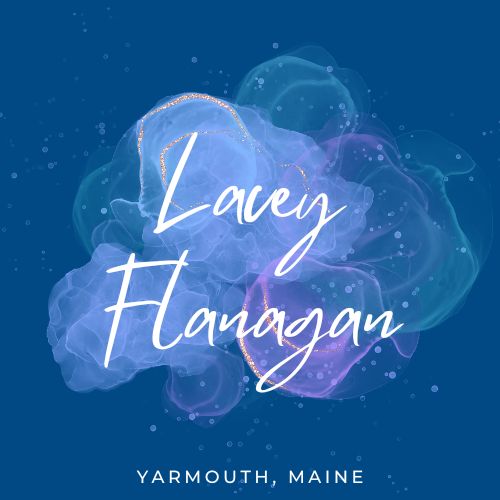Fashion and art have always shared a symbiotic relationship, with each influencing and inspiring the other across centuries. Both are expressions of creativity, culture, and identity, and their intersection reveals much about the evolving tastes, values, and societal norms of their times. From the grandeur of royal courts to the avant-garde collaborations of the modern era, the interplay between fashion and art has continually redefined aesthetics and self-expression.
In the courts of Renaissance Europe, fashion was a direct reflection of art’s influence. The era’s emphasis on proportion, symmetry, and opulence extended to clothing, where garments became canvases for elaborate embroidery and intricate detailing. Artists like Leonardo da Vinci and Sandro Botticelli influenced the designs of textiles and accessories, while monarchs and aristocrats showcased their wealth and power through artistic garments. The blending of art and fashion during this period was not just aesthetic but also political, as rulers used their appearance to project authority and sophistication.
The 18th century brought the Rococo movement, characterized by its ornate and whimsical style. This artistic sensibility found its way into fashion through pastel hues, floral patterns, and delicate lace. Marie Antoinette, the Queen of France, epitomized this fusion with her extravagant gowns designed by Rose Bertin, often regarded as the first fashion designer. These garments were more than clothing; they were wearable art that reflected the hedonistic elegance of the time.
In the 20th century, the relationship between fashion and art took on new dimensions with the rise of modernism and avant-garde movements. The Surrealists, led by Salvador Dalí and René Magritte, inspired designers like Elsa Schiaparelli, who created garments that blurred the line between practicality and fantasy. Schiaparelli’s iconic lobster dress, designed in collaboration with Dalí, exemplifies how fashion became a medium for artistic experimentation. This era also saw the emergence of Pop Art, with figures like Andy Warhol partnering with brands to create vibrant, consumer-focused designs that challenged traditional notions of art and commerce.
The postmodern era further deepened the relationship between art and fashion. Designers like Alexander McQueen and Jean-Paul Gaultier embraced art as a source of storytelling and provocation. McQueen’s runway shows often resembled theatrical performances, with garments that drew from historical art, mythology, and contemporary issues. His designs transcended the boundaries of fashion, demanding to be seen as statements of artistry and cultural commentary.
In the contemporary world, the digital age has opened new avenues for the convergence of fashion and art. High-profile collaborations between luxury fashion houses and artists have become commonplace, blurring the lines between the two fields. Louis Vuitton, for instance, has partnered with artists like Yayoi Kusama and Takashi Murakami to produce collections that merge iconic artworks with high fashion. These collaborations not only elevate the status of fashion but also make art more accessible to wider audiences.
Fashion exhibitions in museums further highlight the connection between the two disciplines. Retrospectives of designers like Christian Dior and Coco Chanel have drawn massive crowds, treating couture as a form of artistic heritage. These exhibitions underscore how fashion, like painting or sculpture, reflects cultural shifts and societal values.
The intersection of fashion and art also raises important questions about sustainability and ethics. As the fashion industry grapples with issues of fast fashion and environmental impact, many designers are turning to art for inspiration in creating timeless, meaningful pieces. Slow fashion, with its emphasis on craftsmanship and storytelling, mirrors the artistic process, encouraging consumers to view clothing as an investment rather than a disposable commodity.
The historical relationship between fashion and art reveals a rich tapestry of mutual influence and innovation. Both disciplines serve as mirrors to society, capturing its aspirations, anxieties, and transformations. As we move forward, the continued collaboration between artists and designers promises to push the boundaries of creativity, redefining how we see and experience both fashion and art.

